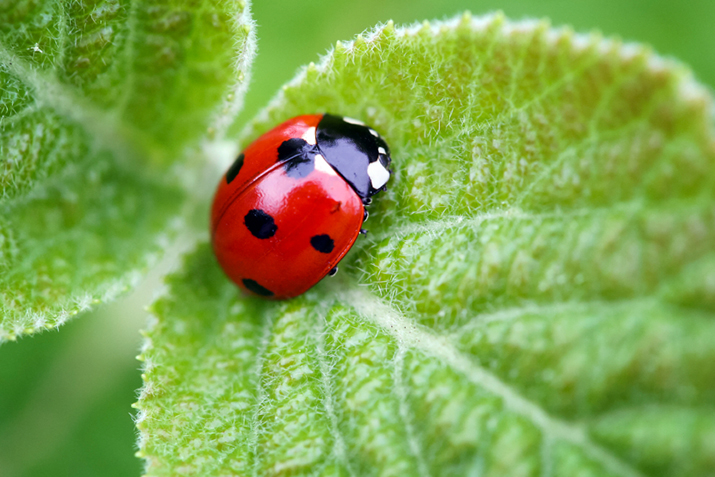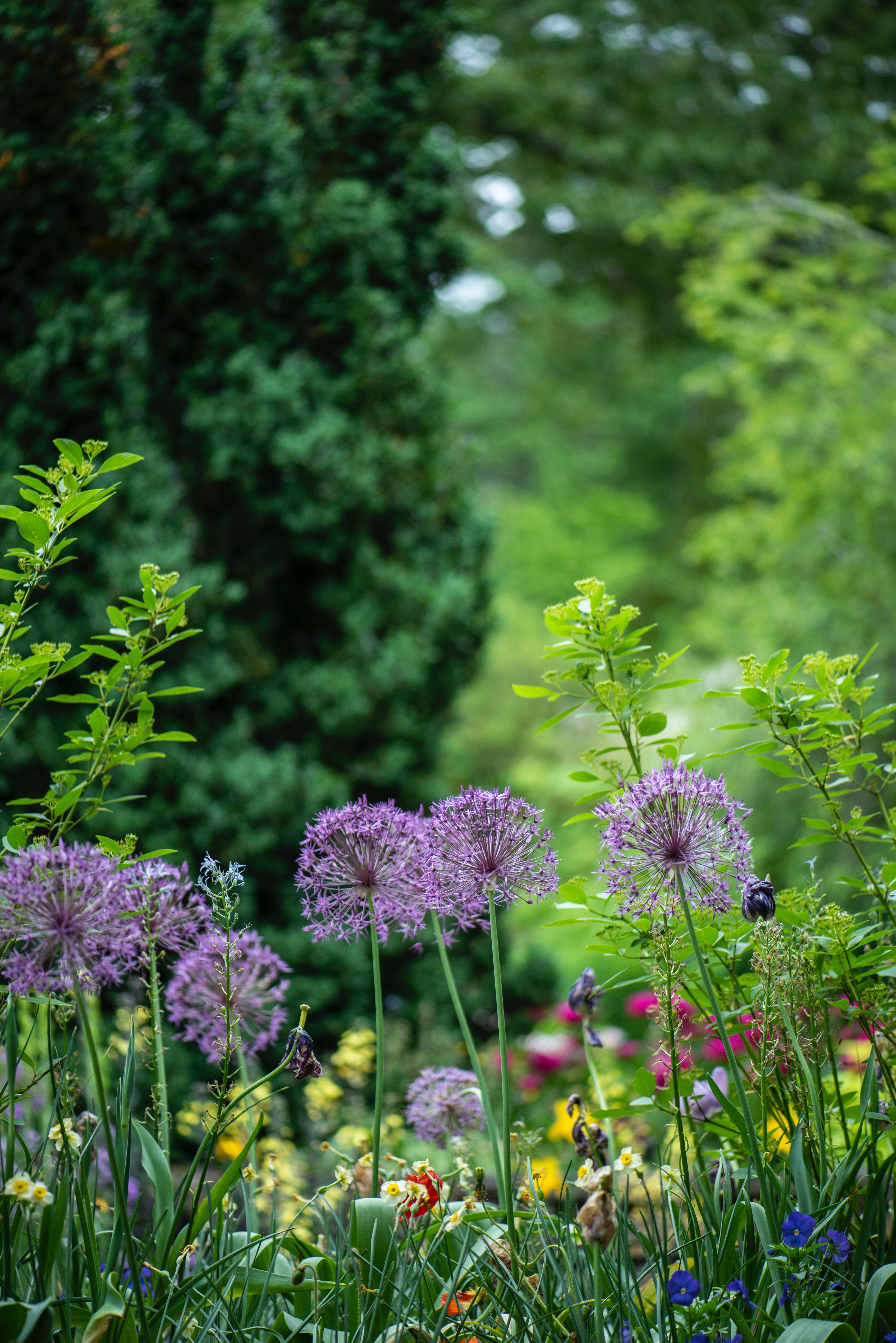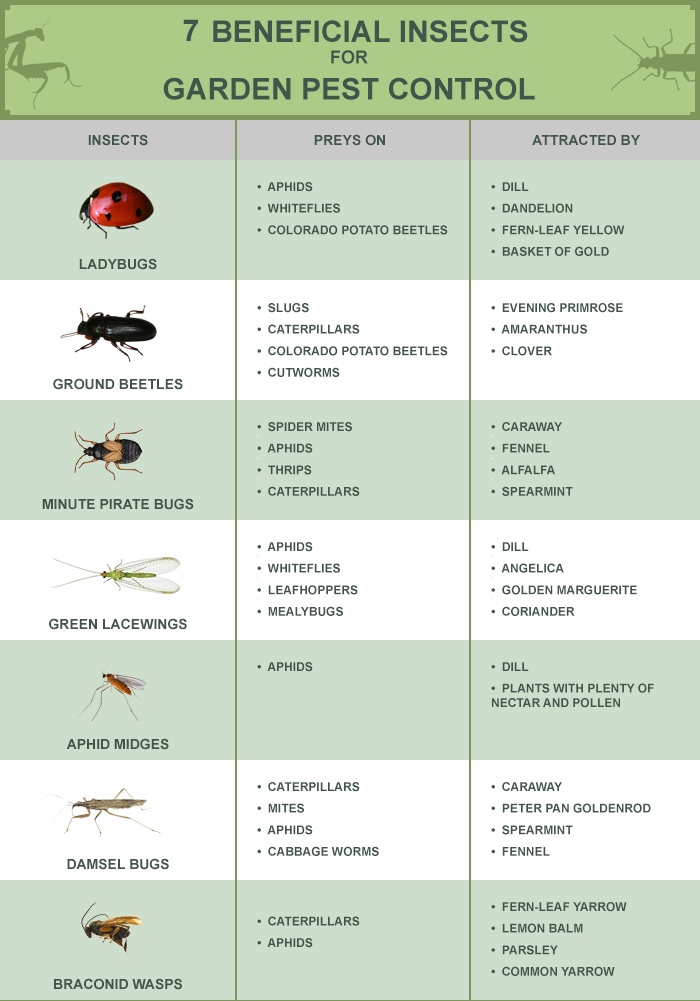Not all insects are pests. There are a number of species we refer to as beneficial insects that could help eliminate and control pests that do a great deal of damage to our beautiful gardens and lawns. Beneficial insects could be considered a component of biological control, which refers to the method of controlling pests using other living organisms. If you are new to this method then here are some reasons why you should consider using it to combat garden pests.


Why Use Beneficial Insects
1. Chemical pesticides – the first and most obvious benefit to using these insects is not having to resort to chemical pesticides. The non-toxic approach allows you to grow plants organically. You won’t have to worry the next time you take a bite out of your home-grown fruit or vegetable.
2. Good bugs – keep in mind that chemical pesticides don’t only wipe out the bad bugs. They are just as deadly to the beneficial insects. This is bad for the long-term maintenance of your garden as there won’t be a population of natural predators to feed on the pests. Pesticide may be effective at wiping out of the first wave of pests, but the same cannot be said for the second wave.
3. Cost saver – beneficial bugs are there to stay if you are able to build an environment for them to thrive in. You might not even have to spend money if the beneficial insects are native to your area.
4. Resistance – a number of insects are starting to show greater resistance to chemical pesticides. According to the Pesticide Action Network, between 500 and 1,000 insect and weed species have developed resistance to pesticide since 1945. There is nothing much a pest can do if it is getting eaten by a predator though.
Before You Introduce Beneficial Insects
As you can see, there are many benefits to introducing the bug predators, but before you do anything, here are some important things to consider.
1. Regulations & permits – you may potentially need a permit if you are importing certain species of insects.
2. Neighbours – have the courtesy to tell and educate your neighbours on introducing beneficial insects. The last thing you want is for your neighbours to be spraying chemical pesticide all over the place, which in turn, could easily have a knock-on effect on your garden. Who knows? Your neighbours may also be willing to share the cost of investing in these beneficial insects too.
3. Optimal environment – make sure the climate and vegetation provides a suitable habitat for the beneficial insects. What’s also important is to make sure there is a low to medium population of the targeted pest in your garden. Otherwise, the insects may leave for an area with a more reliable source of food.
Before we get into the full list of beneficial insects, here is an infographic (you can share for free on your website or blog) that outlines seven beneficial insects for pest control.
14 Beneficial Insects for Pest Control
In no particular order, here are fourteen beneficial insects to consider for natural pest control. You can learn about what they prey on, what habitat they are suited for, plants that attract the beneficial insects, and typical costs.
1. Ladybug
Preys: aphids, whitefly, mites, fleas, Colorado potato beetle
Attracted by: Dill, Dandelion, Fern-leaf Yellow, Basket of Gold, Common Yarrow
Facts: Ladybugs can consume more than 5,000 aphids during their lifetime.
2. Praying Mantis
Preys: wide range including caterpillars, moths, beetles, and crickets
Attracted by: tall grasses and shrubs, cosmos, marigolds, dills
Facts: Mantis can turn their heads 180 degrees to view their surroundings.
3. Spiders
Preys: wide range including bed bugs, aphids, roaches, grasshoppers, mosquitoes, and fruit flies
Attracted by: tall plants for weaving spiders, mulch for predatory spiders
Facts: Most spiders complete their life cycle in one year.
4. Ground Beetles
Preys: slugs, caterpillars, ants, Colorado potato beetles, cutworms
Attracted by: evening primrose, amaranthus, clover
Facts: Ground beetles are typically only active at night.
5. Aphid Midges
Preys: aphids
Attracted by: Dills, plants with plenty of pollen and nectar, source of water
Facts: aphid midges can attack over sixty types of aphid species.
6. Braconid Wasps
Preys: tobacco hornworm, tomato hornworm, caterpillars, aphids
Attracted by: Fern-leaf Yarrow, Common Yarrow, Dill, Lemon Balm, Parsley
Facts: Braconid wasps kills hornworms by laying eggs inside the caterpillar.
7. Damsel Bugs
Preys: caterpillars, mites, aphids, potato beetles, cabbage worms
Attracted by: Caraway, Fennel, Alfalfa, Spearmint, Peter Pan Goldenrod
Facts: damsel bug populations can thrive if you provide them alternative places to hide.
8. Green Lacewings
Preys: aphids, whitefly, leafhopper, mealybugs, caterpillars of pest moths
Attracted by: Dill, Angelica, Golden Marguerite, Coriander, Dandelion
Facts: the larvae does the actual job of getting rid of soft-bodied pests.
9. Minute Pirate Bugs
Preys: spider mites, insect eggs, caterpillars, aphids, thrips
Attracted by: Caraway, Fennel, Alfalfa, Spearmint, Peter Pan Goldenrod
Facts: both immature stages and adults prey on a variety of small insects.
10. Soldier Beetles
Preys: grasshopper eggs, aphids, soft-bodied insects
Attracted by: goldenrod, zinnia, marigold, linden trees
Facts: soldier beetles do not damage plants and are harmless to people.
11. Tachinid Flies
Preys: gypsy moths, Japanese beetles, cutworms, squash bugs
Attracted by: carrots, cilantro, dill, coriander, buckwheat
Facts: Tachinids parasitize pests by laying eggs onto the host or onto nearby foliage.
12. Hoverflies
Preys: aphids, scale insects, caterpillars
Attracted by: Fern-leaf Yarrow, Common Yarrow, Dill, Basket of Gold, Statice
Facts: Hoverfly larvaes feed on pests, while the adult flies feed on pollen.
13. Mealybug Destroyer
Preys: mealybugs (not all species)
Attracted by: fennel, dill, angelica, sunflower, goldenrod
Facts: One mealybug destroyer can eat up to 250 mealybug larvae.
14. Predatory Mites
Preys: spider mites
Attracted by: humid environments like greenhouses and high tunnels
Facts: predatory mites feed on the pollen, and not the plant itself, when prey is unavailable.
Find out which of these beneficial insects work best for your situation and get to work. Remember, biological control methods like using these insects should not be viewed as immediate solutions. In most cases, it may take from a couple of days to a few weeks to see any sort of result. Be patient and make sure you are playing your part by providing a suitable habitat for the beneficial insects to co-exist with your healthy garden.

